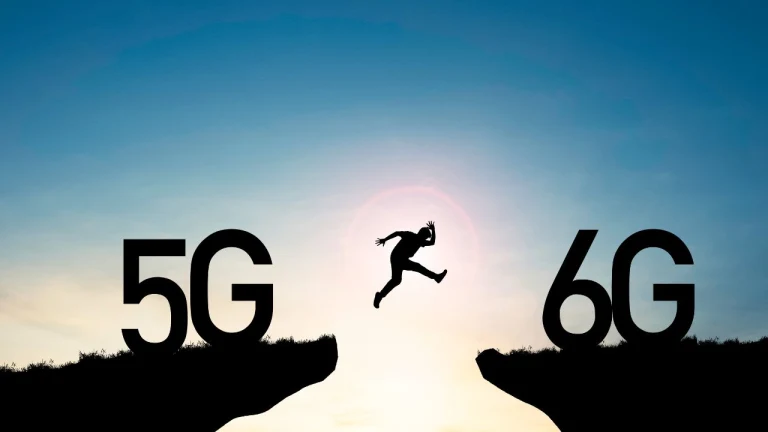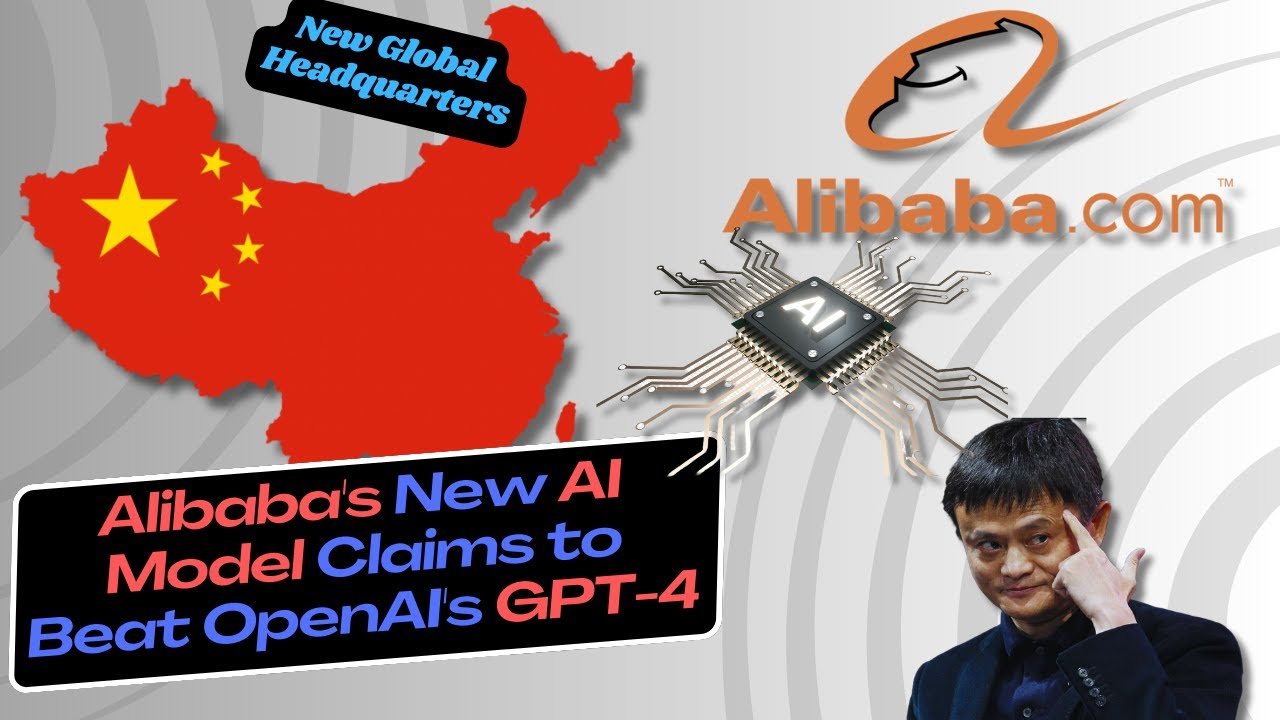Latest Technology News
Upcoming Smartphone Launches: May–June 2025
As we approach the mid-year mark, the smartphone industry is abuzz with…
Most Anticipated Top 10 Cars of 2026: Where Emotion Meets Innovation
Introduction: Why 2026 Is a Milestone Year for Car Enthusiasts The automotive…
Top 25 Future-Ready Tech Gadgets You Can Buy in 2025
Introduction Technology is evolving faster than ever. From AI-powered laptops to portable…
“iPhone 17 Pro & Pro Max: 11 Game-Changing Upgrades You Need to Know”
As anticipation builds for Apple's upcoming iPhone 17 Pro & Pro Max,…
The Race for 6G: The Future of Connectivity and the Global Competition to Lead
Introduction The world has come a long way in the digital era…
China’s AI Boom: Alibaba’s New Model and the Global AGI Debate
China's AI boom landscape is undergoing a seismic shift, with tech giants…
Top 10 IoT Project Ideas for Beginners & Experts in 2025 | Best DIY IoT Projects | Useful IoT Projects | Applications of IoT | Best IoT Projects |
The Internet of Things (IoT) is revolutionizing the way we interact with…
Apple Product
Apple Pencil Pro Apple Pencil Pro Key Features Squeeze Gesture: Quickly switch…
Your Window to Tomorrow: Discovering Global Perspectives and Tech Breakthroughs
Understanding the Pulse of Global EventsIn today's interconnected world, staying informed about…









